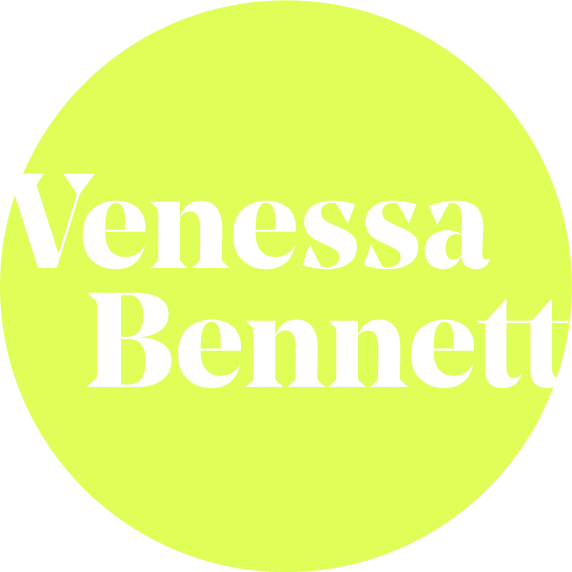The pitfalls of inclusive hiring when you need to look at portfolios
Hiring is a challenge. As a hiring manager, I am balancing hiring quickly vs. finding someone with the right skills and mindset, as well as someone who will add to our team culture. As a personal principle, I try to promote diversity and inclusion within my team, and I have a goal to create a truly diverse design team. As designers, we are designing products for people, and our teams should reflect the wide range of people we design for.
Why is it important to push for diversity?
Having a diverse team designing products for consumers not only leads to more creativity but also leads to more profits for businesses. Personally, diverse teams lead to a wider understanding among each other and an opportunity to learn from each other’s past experiences. Pushing for diversity extends to the users we test with also, making sure that we sense check our designs with all types of users that will use our products - this can avoid situations where products don’t work for some of our users.
Pushing for diversity when hiring
When hiring I work closely with the talent team to ensure that we are posting the role in as many places as possible. LinkedIn is the obvious one but there are also job boards that are focused on specific groups eg. Women, people of colour.
As potential candidates start coming in I monitor the candidates that are coming to ensure that at least from a gender perspective we are getting an even split.
Culture add not culture fit
As a hiring manager I try to ensure that we are looking for candidates that add to our design culture, not fit into it. We want people who we can work with and embody our values but also someone who will bring a different perspective.
When assessing a candidate, it’s important to keep in mind the key skills that you are looking for. These should be highlighted on the scorecard, which outlines the different competencies we are looking for and the expected score.
Some companies use blind CVs but for screening designers’ CVs it doesn’t quite work, as we have to look at portfolios which usually have the name and picture of the candidate. So what I do to try and make it as fair as possible is have a small committee that reviews CVs and portfolios individually and then we come together to discuss each candidate based on the criteria we have set. We don’t put forward a candidate unless we have a majority agreement.
Interview process
Once a candidate is through to the interview process we have a standardised process that is supported by a scorecard that each interviewer has and uses as a guide to score each candidate. To make sure we have a consistent process for each candidate we have questions that the interviewer has to answer. At each stage we gather the scorecards and discuss each candidate before deciding to give an offer.
I typically don’t have a take home task as it gives an unfair advantage to candidates that have more spare time over others. But what I do is a collaborative workshop, this allows me to see how the candidate works with others, think through problems and communicate ideas to peers.
While it’s not a perfect process, this process helps to ensure that we are as fair as possible when hiring. And in return build a diverse team that not only builds great products but contributes to company profitability.

